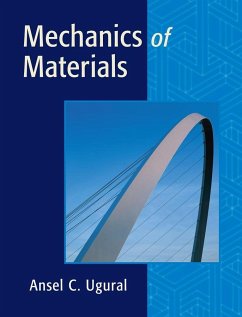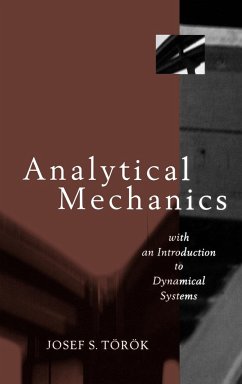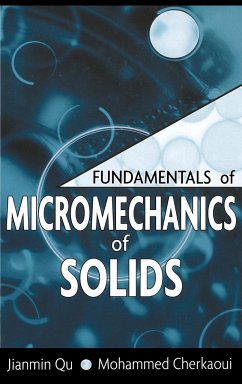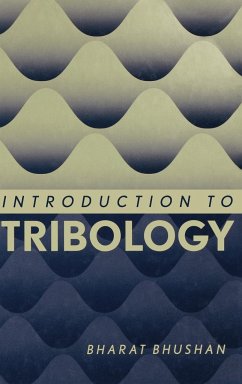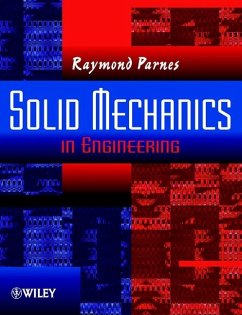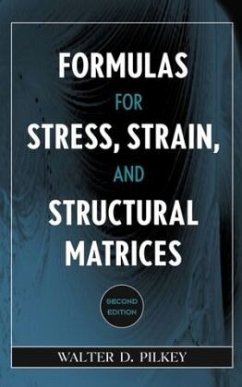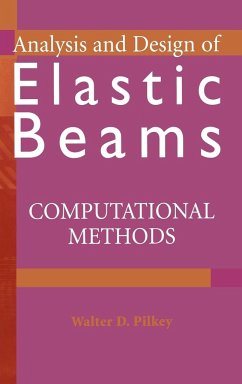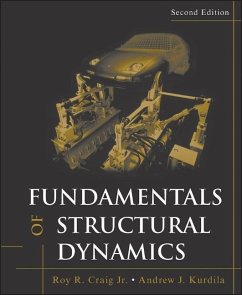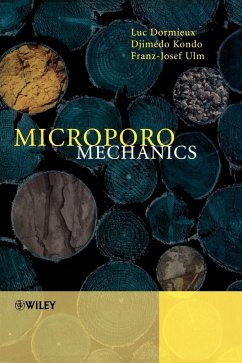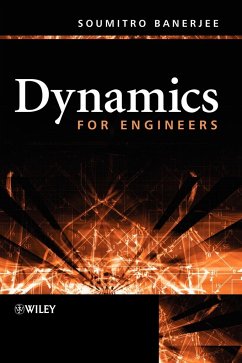
Advanced Mechanics of Materials
Versandkostenfrei!
Versandfertig in 2-4 Wochen
289,99 €
inkl. MwSt.

PAYBACK Punkte
145 °P sammeln!
Updated and reorganized, each of the topics is thoroughly developed from fundamental principles. The assumptions, applicability and limitations of the methods are clearly discussed. Includes such advanced subjects as plasticity, creep, fracture, mechanics, flat plates, high cycle fatigue, contact stresses and finite elements. Due to the widespread use of the metric system, SI units are used throughout.
Building on the success of five previous editions, this new sixth edition continues to present a unified approach to the study of the behavior of structural members and the development of design and failure criteria. The text treats each type of structural member in sufficient detail so that the resulting solutions are directly applicable to real-world problems. New examples for various types of member and a large number of new problems are included. To facilitate the transition from elementary mechanics of materials to advanced topics, a review of the elements of mechanics of materials is presented along with appropriate examples and problems.



